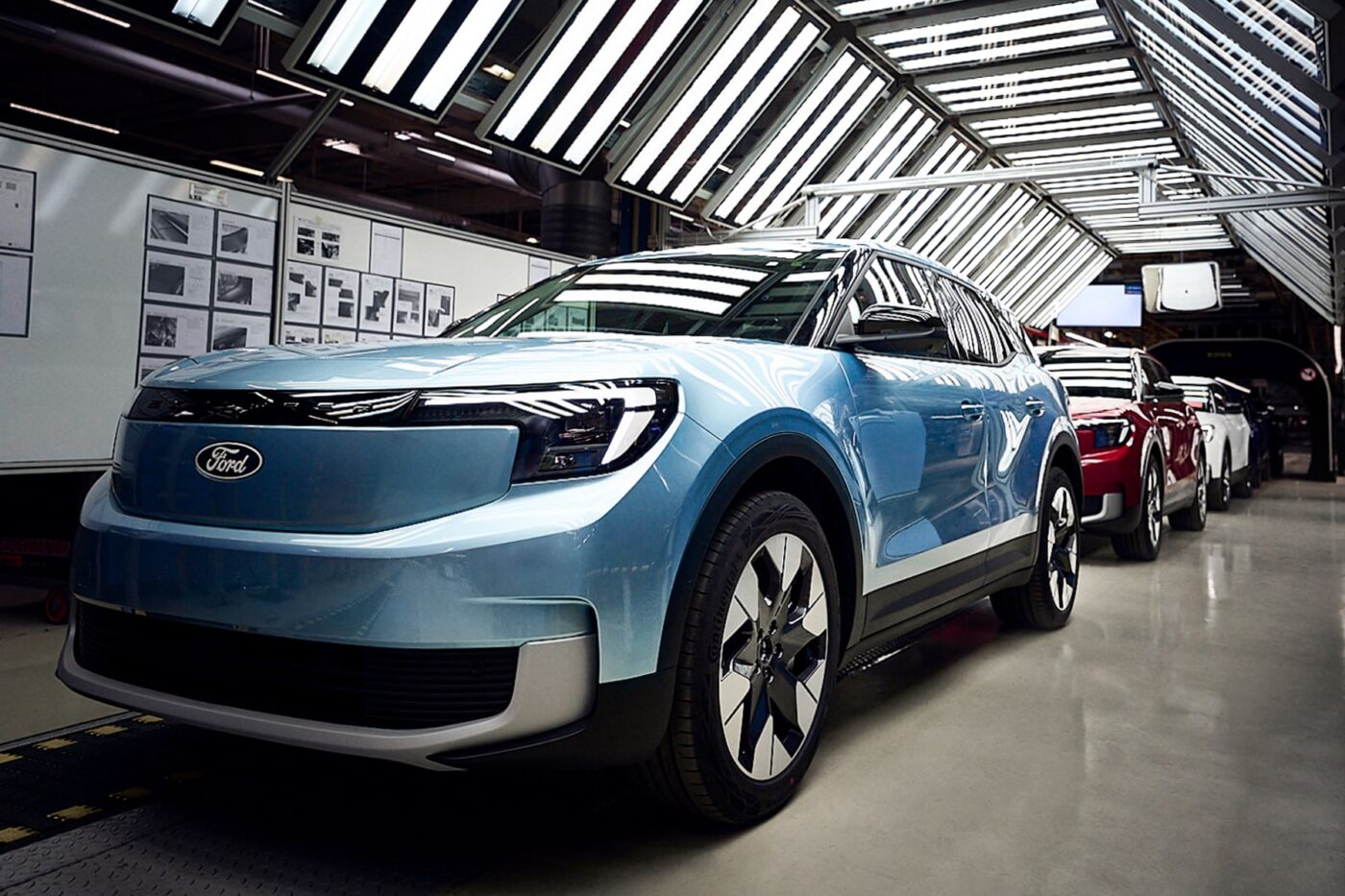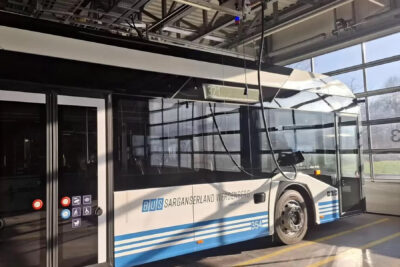ICCT: Car manufacturers need 28 per cent BEV share to meet CO2 targets
According to the ICCT survey, Volkswagen and Ford are facing the greatest reduction efforts, with required CO2 reductions of around 21 per cent. Hyundai, Mercedes-Benz and Toyota must also reduce their CO2 emissions by more than the average. BMW, Kia and Stellantis are closest to their targets, with CO2 reductions of between nine and eleven per cent.
The ICCT’s ranking is thus similar to that of Dataforce, published in August. In the Dataforce study, VW and Ford were the two car manufacturers with the greatest need to catch up with 123 and 125 g/km, respectively, and a target value of 93.6 grams of CO2 per kilometre. However, there are also deviations: Dataforce saw Toyota, Hyundai, BMW, and Mercedes-Benz roughly on par, with Stellantis and Renault-Nissan-Mitsubishi lying between this quartet and the duo consisting of Volkswagen and Ford.
The ICCT, on the other hand, assesses some manufacturers from this middle field differently. In the case of Mercedes-Benz, the difference between the two studies is only one gram. At the same time, Stellantis performs significantly better in the ICCT than in the Dataforce survey – with 105 instead of 113 grams, which noticeably changes the required proportion of electric cars. For Renault-Nissan-Mitsubishi, the difference is as much as three grams.

The current CO2 fleet emissions and the manufacturer-specific targets for 2025 can then be used to derive the distribution of drive technologies for each manufacturer. Volvo, for example, would not have to change anything, while the VW Group would have to increase its BEV sales from 13 per cent in 2023 to 30 per cent. With a constant PHEV share of six per cent, it would mean a decline in combustion engine sales from 81 to 64 per cent. Although Toyota has more economical combustion engines, it has even fewer electric cars and would thus have to increase its BEV share from three to 16 per cent, the ICCT calculates. In the case of BMW, the increase from an EV share of 20 per cent in 2023 to 27 per cent next year seems realistic. The exact breakdown of all manufacturers can be found in the study linked below.
However, as the ICCT states, it is impossible to quantify the exact BEV share that individual manufacturers will have to reach to achieve their fleet limits. The communication states, for example: “Besides increasing their BEV sales share, compliance flexibilities within the legislation, technological progress, and adjusted marketing strategies offer manufacturers additional options to meet the targets. The study concludes that the 2025 targets seem to be within reach.”
Head of Europe Peter Mock told electrive that it is “a very conservative analysis, worst-case, so to speak. In reality, the BEV shares will be lower because the OEMs will also resort to other measures (and tricks).”
In addition to an increasing share of BEVs, manufacturers can also sell more plug-in hybrids or more efficient vehicles with combustion engines, for example, to reduce CO2 emissions – which would mean that proportionately fewer BEVs would have to be sold. Pure electric cars with zero grams of CO2 naturally have the greatest effect per vehicle. Finally, there is also the option of forming CO2 pools with other manufacturers. A manufacturer that exceeds its target value can join forces on paper with a car manufacturer that exceeds its targets.
No matter which path is chosen, the study concludes that achieving the CO2 targets for 2025 is within reach, considering previous CO2 reductions, regulatory flexibility and the available drive types and technologies. That is because “the CO2 reductions needed is about half of previous reductions achieved by manufacturers.” Between 2019 and 2021, manufacturers already reduced their emissions by 23 per cent. Therefore, an average of 12 per cent between 2023 and 2025 is possible. The increase in BEV market share required for the hypothetical manufacturer pools is “about 1–1.5 times as high as the growth observed from 2019 to 2021,” according to the ICCT.





0 Comments